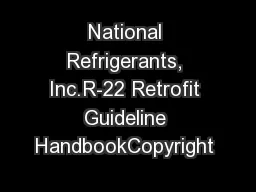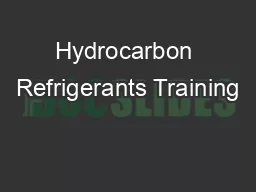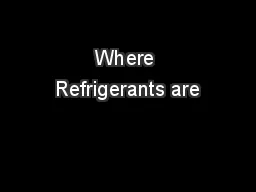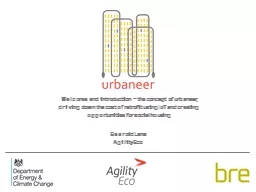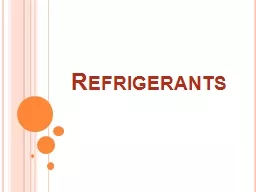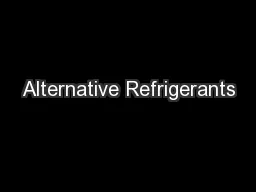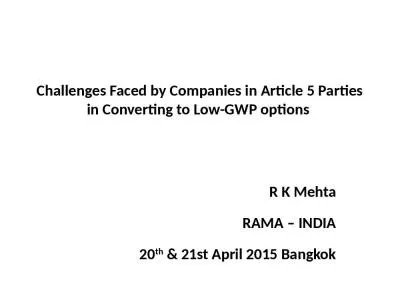PDF-National Refrigerants, Inc.R-22 Retrofit Guideline HandbookCopyright
Author : min-jolicoeur | Published Date : 2016-07-20
R22 AlternativesGeneral Retrofit ProceduresPartial POE Retrofits1 Collect baseline data for operation of the system with existing R22 charge Make note of any cases
Presentation Embed Code
Download Presentation
Download Presentation The PPT/PDF document "National Refrigerants, Inc.R-22 Retrofit..." is the property of its rightful owner. Permission is granted to download and print the materials on this website for personal, non-commercial use only, and to display it on your personal computer provided you do not modify the materials and that you retain all copyright notices contained in the materials. By downloading content from our website, you accept the terms of this agreement.
National Refrigerants, Inc.R-22 Retrofit Guideline HandbookCopyright : Transcript
Download Rules Of Document
"National Refrigerants, Inc.R-22 Retrofit Guideline HandbookCopyright "The content belongs to its owner. You may download and print it for personal use, without modification, and keep all copyright notices. By downloading, you agree to these terms.
Related Documents

